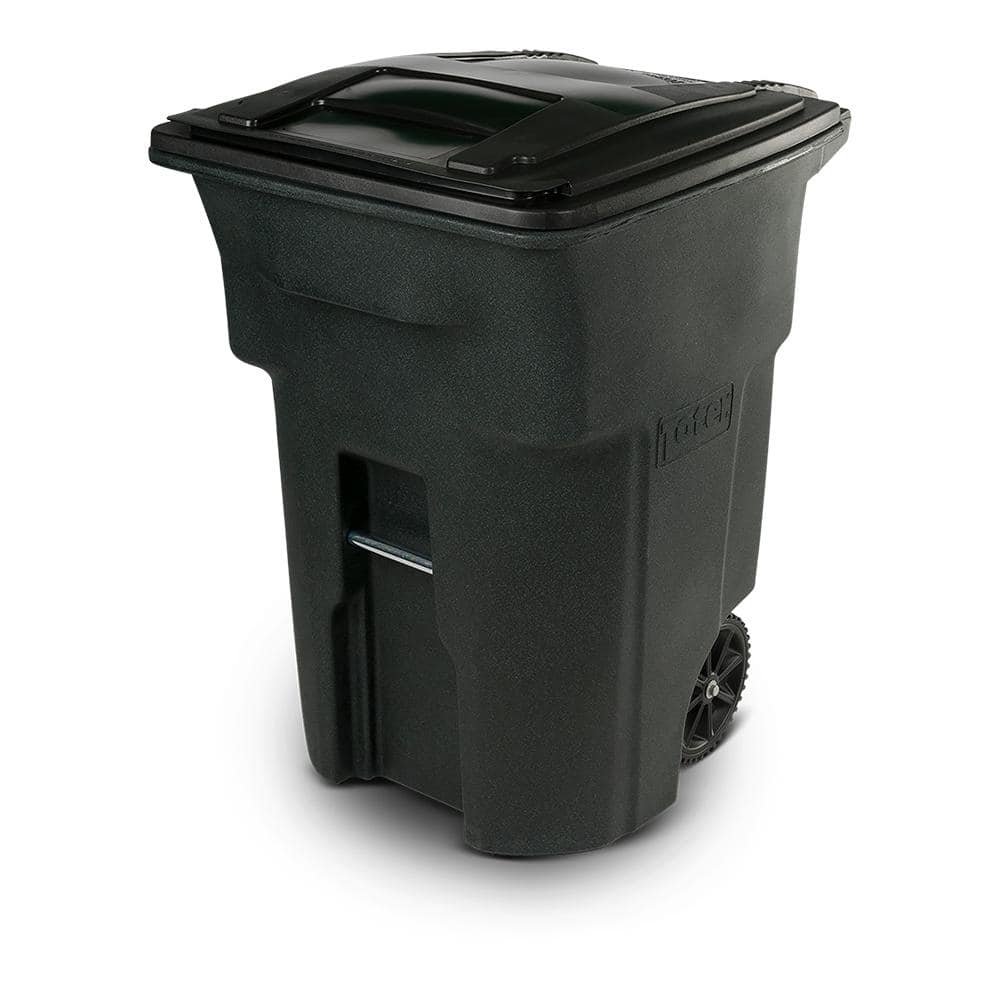“I would like to request a piece on the rise of micro trends in fashion and its impact on fast fashion, and fashion in general”
It's no secret that fashion is the language of wealth, status, and personality. Everyone wants the look of an “it girl” but no one wants to pay the hefty price for a designer piece-why is that?
Due to the rise of social media platforms like Instagram, TikTok, and Pinterest, clothing trends are becoming much more short-lived than they once were. A trend cycle could have lasted up to about 20 years, now what was once a popular trend at the beginning of a six-month period could easily be considered outdated before the year even ends. We are seeing a resurgence of trends from the early 2010s coming back like indie sleaze and the infamous Tumblr girl. Some are even beginning to even feel nostalgia for the time before 2020, posting compilations of what they looked like before and after quarantine-a time that was about three years ago.
Trends are moving at such an erratic rate that even high fashion brands are beginning to catch on. Brands like Gucci and Marc Jacobs have created their own more accessible lines of clothing aimed at younger consumers that profit off micro-trends. These pieces seem different and exciting at their conception, to be forgotten about and tossed by the following season directly furthering the rapid processing of trends.
Fast fashion manufacturers market off trends and mimic the “look” of a designer product. Rapid cycling through fashion trends has undoubtedly taken a significant toll on the environment. Taking the garment from idea to consumer in less than two weeks. Clothes are now being made on a "wear then toss" basis, people are cycling through clothes faster than ever then throwing them away when they are no longer relevant in trend cycles or simply fall apart due to poor quality. Because fashion manufacturers are seeing the benefit of cutting corners, garments are being made of synthetic and low-quality materials such as polyester. Items of clothing are seeing their demise even faster landing somewhere like a landfill where they won't decompose for centuries due to their synthetic materials. Brands like Forever 21, Shein, Urban Outfitters, and Zara come to mind. Brands like ASOS and Jaded London have been known to conceal their label as fast fashion brands by pricing their garments as if they are sustainably made but are no different in quality and design than their fast fashion competitors.
Recessions directly alter the habits of consumerism. In 2021 there was a spike in consumer spending. This in turn impacts the manufacturer as stores can barely keep up with growing demand. Due to the lack of inventory, certain products have a much higher rarity that makes them more desirable. In times when just about anything is impossible to buy to inflate prices, it's a sign of wealth to be able to flaunt such rare items. Those who may not have access to such disposable income are left with options like fast fashion and thrifting. I like to categorize this era of disposable clothing and style into a genre called “recession fashion”. Trend cycles move through a five-stage process, introduction, rise, peak, decline, and obsolescence. Pieces are introduced to the public, sometimes dubbed as the new "it girl" staple in order to gain wider traction.
Trends are moving at a rapid pace, who's to say if they will ever slow down. We are entering a dangerous time in fashion as trends move at almost light speed. However, almost anything that peaks will eventually decline, and how fashion will adapt will always come down to the consumer and their relationship with the manufacturer.

Fantastic article!
ReplyDelete